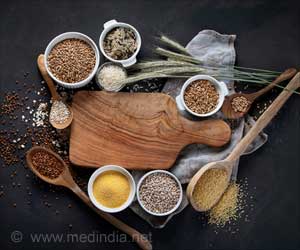According to an NGO official India’s population stabilization solely rests on the two northern states of Bihar and Uttar Pradesh, which has the highest fertility rates.
'India's population stabilization is possible if Bihar and Uttar Pradesh take an immediate lead in checking population growth' A.R. Nanda, executive director, Population Foundation of India, said.'If high growth states like Bihar and Uttar Pradesh, fail to bring down the fertility growth rate, it would directly affect not only their economy but India's overall economy,' Nanda, who was here to attend a workshop on reproductive and child health, told IANS.
Nanda, former secretary in the department of family welfare said India could achieve population stabilisation by 2050 or 2060 but if population growth in Bihar and Uttar Pradesh was not checked, then it was possible only by 2100.
At present, the national average fertility rate or the number of children born per woman is 3. The fertility rate for Bihar is 4.4 and Uttar Pradesh follows closely at 4.3. In Jharkhand it is 4, while in Rajasthan it stands at 3.9.
Nanda said bringing in more legislation was not the answer to stabilize the population. 'We have enough laws for it.'
What was needed was to create a conducive environment and awareness among people about smaller families.
Advertisement




